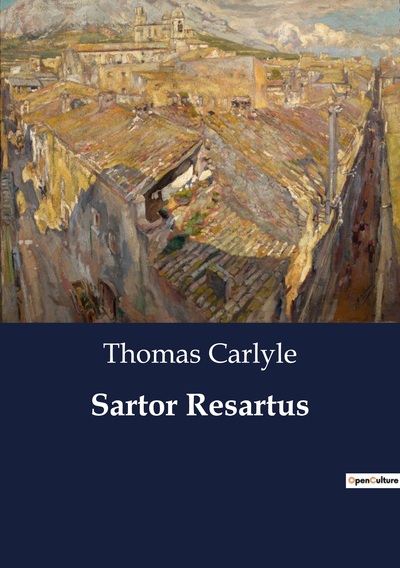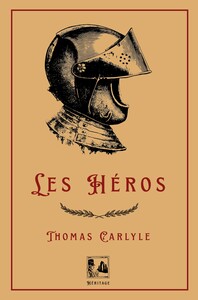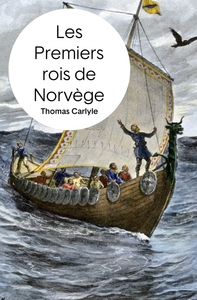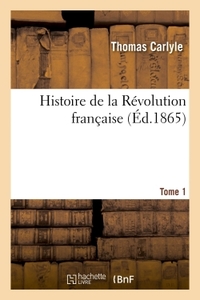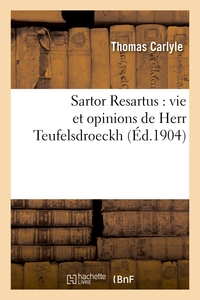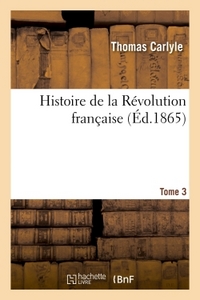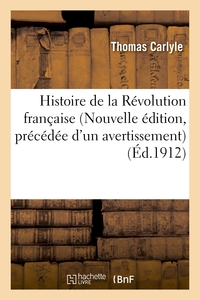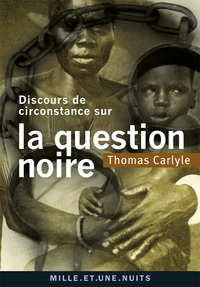Nous utilisons des cookies pour améliorer votre expérience. Pour nous conformer à la nouvelle directive sur la vie privée, nous devons demander votre consentement à l’utilisation de ces cookies. En savoir plus.
Sartor Resartus
EAN : 9791041803583
Édition papier
EAN : 9791041803583
Paru le : 9 avr. 2023
19,95 €
18,91 €
Disponible
Pour connaître votre prix et commander, identifiez-vous
Notre engagement qualité
-
 Livraison gratuite
Livraison gratuite
en France sans minimum
de commande -
 Manquants maintenus
Manquants maintenus
en commande
automatiquement -
 Un interlocuteur
Un interlocuteur
unique pour toutes
vos commandes -
 Toutes les licences
Toutes les licences
numériques du marché
au tarif éditeur -
 Assistance téléphonique
Assistance téléphonique
personalisée sur le
numérique -
 Service client
Service client
Du Lundi au vendredi
de 9h à 18h
- EAN13 : 9791041803583
- Réf. éditeur : 293159
- Date Parution : 9 avr. 2023
- Disponibilite : Disponible
- Barème de remise : NS
- Nombre de pages : 300
- Format : H:210 mm L:148 mm E:16 mm
- Poids : 390gr
- Résumé : Sartor Resartus was a strange and new book when it was first published in 1833, and in many ways it remains a strange and new book today. The bulk of the novel takes the form of the a commentary on the life and works of the fictional Diogenes Teufelsdröckh, a sort of renaissance-man German philosopher who develops a "Philosophy of Clothes." The commentary is composed by a fictional English commentator, known only as the "Editor"; the Editor claims to have translated many of Teufelsdröckh's ideas and quotes from German. As the commentary progresses, the Editor receives a bag of paper scraps on which are written various autobiographical fragments from Teufelsdröckh's life. The Editor's attempts to organize and interpret these scraps forms the second part of the novel. The work is multi-faceted: sometimes a parody, sometimes a comedy, sometimes a satire, and sometimes seriously philosophical. Some critics consider it an early existentialist text. At the very least its unique structure and use of meta-narrative is hugely influential to modern literature; Borges was said to have memorized entire pages, and modern texts like Nabokov's Pale Fire borrow liberally from the concept of a meta-narrative organized on scraps of paper.
- Biographie : Thomas Carlyle was born on 4 December 1795 to James (1758-1832) and Margaret Aitken Carlyle (1771-1853) in the village of Ecclefechan in Dumfriesshire in southwest Scotland. His parents were members of the Burgher secession Presbyterian church. James Carlyle was a stonemason, later a farmer, who built the Arched House wherein his son was born. His maxim was that man was created to work, not to speculate, or feel, or dream. Nicholas Carlisle, an English antiquary, traced his ancestry back to Margaret Bruce, sister of Rrt the Bruce. As a result of his disordered upbringing, James Carlyle became deeply religious in his youth, reading many books of sermons and doctrinal arguments throughout his life. He married his first wife in 1791, distant cousin Janet, who gave birth to John Carlyle and then died. He married Margaret Aitken in 1795, a poor farmer's daughter then working as a servant. They had nine children, of whom Thomas was the eldest. Margaret was pious and devout and hoped that Thomas would become a minister. She was close to her eldest son, being a smoking companion, counsellor and confidante in Carlyle's early days. She suffered a manic episode when Carlyle was a teenager, in which she became elated, disinhibited, over-talkative and violent. She suffered another breakdown in 1817, which required her to be removed from her home and restrained. Carlyle always spoke highly of his parents, and his character was deeply influenced by both of them.

